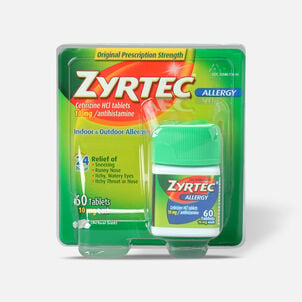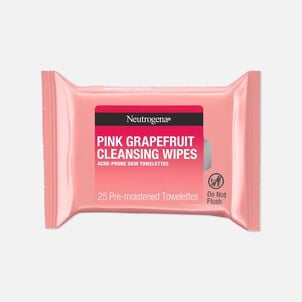Any last-minute tips for FSA owners before tax day?
Tax day is here. If you're one of the 30 million Americans who did not withhold enough money throughout the year and now owe money to the IRS as a result, it's probably not the most festive time of the year.
But here's the good news — if you're also one of the 35 million Americans who have an FSA, then it's the perfect time to check on your account and make sure everything is up-to-date. After all, when you owe money (or narrowly escaped owing money!) every dollar counts.
Always speak with a tax professional to get proper advice for your own tax situation. But in the meantime, here's a few tips we find helpful when assessing our FSAs during tax season.

Don't worry about extra filing steps
First off, breathe easier knowing this fact: Unlike HSAs, which need to be reported on Form 1040, there are no reporting requirements for FSAs on your income tax return. There's one less thing to worry about!
But you do need to be wary of your deductions! Because you can't -- no matter how tempting it might be -- deduct qualified medical expenses if they were paid with tax-free FSA dollars. And that includes any money you forfeit at the deadline. If you have any unused cash in your FSA, since you already got a deduction, you can't deduct the loss.
Double check the rules
If you don't understand the unique rules for your FSA, then you may miss out on potential benefits like "run-out" periods, grace periods and rollovers. Because plan providers are not required to offer any of these perks, they vary from plan to plan. Take a few minutes to check in with your plan provider and brush up on the rules for your FSA. It's time well spent.
For most FSA owners, whose plan years end on 12/31, these extended deadlines have come and gone. But if your FSA operates on a different calendar, some of these perks might still be available to you, so you don't lose your funds.
To do: Check in with your human resources department and explicitly ask if your employer plan offers any of these three options for FSA users: "run-out" periods, carryovers and grace periods. (And make a note, so you don't fall into the same problem this time next year!)
File for reimbursement
Whether you have a "run-out" period and have expenses from last year or you have new expenses from this year, it's important to file for reimbursement with your employer. In fact, it's especially during tax season because it might mean that you get unexpected money from your FSA for eligible expenses that you've already purchased.
The process of filing for reimbursement varies from plan to plan, but it usually involves the following steps:
- Knowing your deadlines. There's a deadline for when you'll need to submit any requests for reimbursement, so keep track of your plan details.
- Then you'll want to gather your receipts. Whether it's for prescriptions, copays or eligible health products, you need to get organized.
- Next, you'll file with your FSA provider. Usually, you will file for reimbursement online or through a mobile app. However, you might also be able to submit your claim my email or mail. As usual, it all depends on your plan.
- Finally, you will want to track the reimbursement to make sure it's deposited into your account or cash the reimbursement check once you receive it. This is also the perfect time to note how much money you have left in your FSA for the rest of the year.
Take another look at your expenses
Now that you've gathered your receipts and filed for reimbursement, it's time to double-check your expenses. There are a lot of common expenses that you probably know are covered — copays for doctor visits, home medical items and even acupressure products to relieve pain — but there might be some expenses you made that you didn't even know were eligible. It's worth a second look.
To do: Skim through the FSA eligibility list to check for possible expenses that you missed.
-
Thank you for visiting the FSA Store Learning Center! Don’t forget to follow us for more helpful tips on Facebook, Instagram, and Twitter!


















